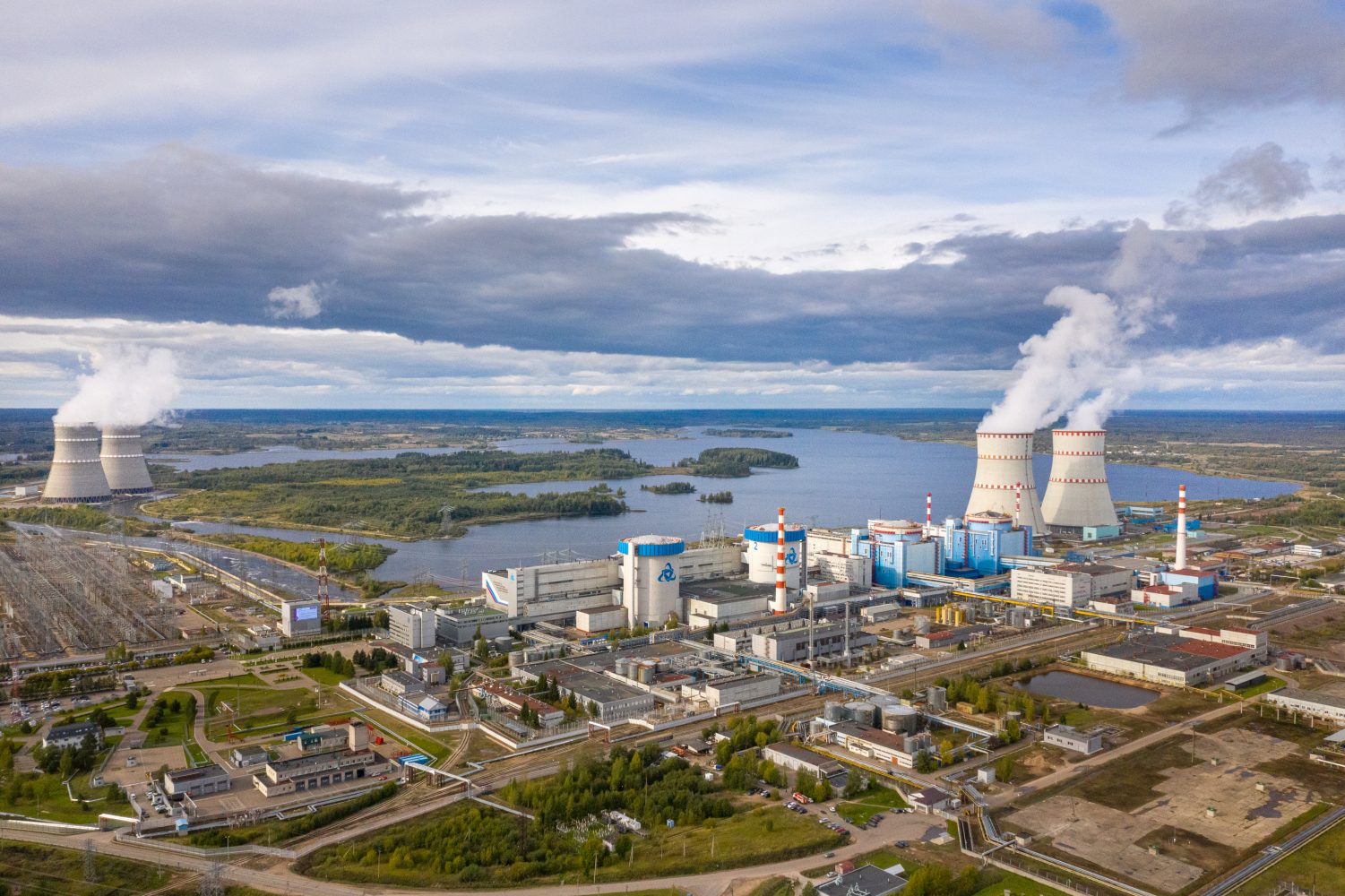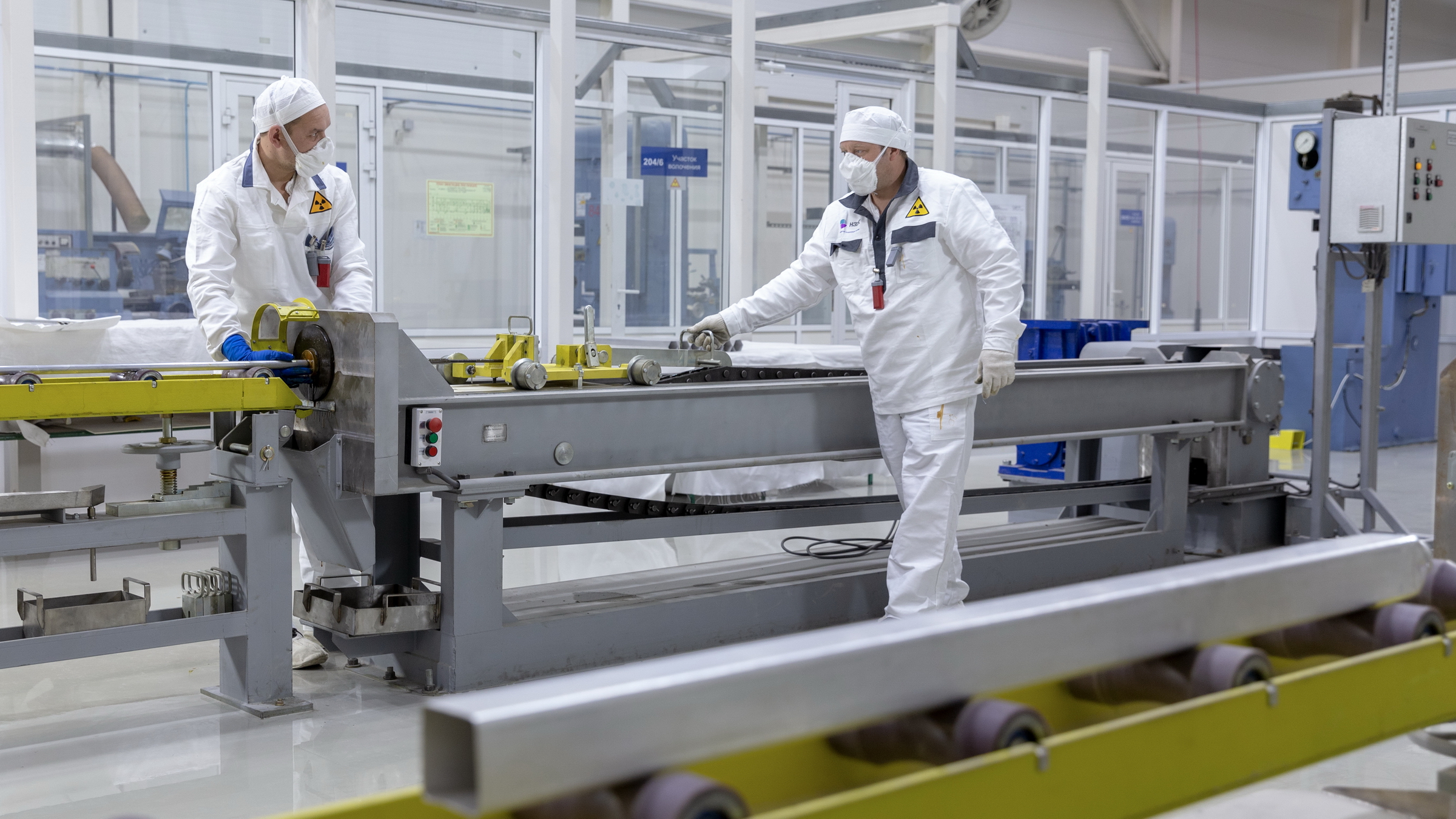
Nuclear Alive is Nuclear Supported
back to contentsStrictly speaking, analysts from S&P Global state the simple truth: nuclear industry grows where the government wants it to grow. China and Russia are the two countries that definitely belong to this group. If a country does not want to support the nuclear industry, it loses ground very quickly. This is what is happening in Western Europe, particularly in Germany and Switzerland. There is one more category, though. These are countries that do not want to lose what they already have. They work heavily on extending the service life of existing reactors. France and the USA are good examples of such countries. As for the USA, it is more correct to say that nuclear is supported by individual states rather than the entire country. News coming from the USA is both negative (premature plant shutdown) and positive (subsidies for the nuclear power plants).
One cannot say, therefore, that nuclear is dead or alive (the report’s title is an allusion to Schrödinger’s cat, according to S&P). It is more dead than alive in some countries and quite alive in the others.
Old road, new traveler
The predicament nuclear found itself into is not unique. Renewable energy also makes more progress in the countries where it is supported by the government and becoming cheaper and more widespread thanks to the economy of scale. “Over the past two decades, the credit of many renewable financings have benefited from often-high-priced power purchase agreements (PPAs) or feed-in tariffs (FIT) and proven technology,” reads another report, Energy Transition: Renewable Energy Matures With Blossoming Complexity, published by S&P Global a few days before the nuclear industry report. Knowing the milestones of nuclear industry development might help making forecasts about the development of renewable energy.
For instance, one can safely assume that the future of renewable generation will be directly affected by accidents, their scale and the speed of recovery. A massive power outage involving a large wind farm in the United Kingdom, power price hikes in Texas and an imbalanced energy mix in Germany are some of the events and processes that draw criticism of renewable energy sources and help identify associated risks. A six-hour potential blackout in a densely populated area, which is home to offices of reputable mass media, will spark no less than a broad public discussion having far-reaching political and economic consequences.

The nuclear energy industry has experienced both ups and downs. It is not unlikely that the renewable generation market will follow the same pattern. “Despite the strong historical growth, in May 2019 the International Energy Agency (IEA) announced that renewable additions had plateaued in 2018; for the first time since 2001, there was no year-on-year growth. And recently, Platts Analytics announced a further reduction of over 10% year-on-year in 1H2019 across major markets (see S&P Global Platts Analytics’ Global Solar PV Market Outlook (2019-2025), Aug. 16 2019),” reads S&P’s Energy Transition: Renewables Energy Matures with Blossoming Complexity report.
Competition to follow
S&P Global’s report views renewable generation and nuclear energy as direct competitors, with nuclear shown as dependent on the development of renewable technology, particularly stabilization of power output, “The long-term outlook for nuclear post 2040 will in our view depend on the progress in mitigating the intermittency of renewables through smart grids and storage (such as wider deployment of batteries or hydrogen), while carbon capture solutions could help extend the life of fossil fuel.” Small modular reactors are also compared with renewables, “However, they are still far too expensive and less scalable than renewables, and do not address fundamental nuclear safety and nuclear waste issues.”
The report uses the LCOE (levelized cost of electricity) metric to compare the two types of generation. As specified in the notes to the diagram, this metric is calculated as “present value of lifetime costs (including capital costs, fuel costs, operations and maintenance costs) per unit over the asset’s lifetime)”. However, measuring global LCOE values is a monkey business. As rightly mentioned in the report, the real costs of constructing a particular power source depend on the place of implementation. “For Europe, the IEA’s study shows LCOE significantly higher for renewables than in the U.S., ranging between $80-$110/MWh. This provides greater economic support for nuclear life extensions. However, LOCE values vary significantly by country.”

LCOE does not account for government subsidies, but this is a factor that should be definitely taken into consideration. The Status Review of Renewable Support Schemes in Europe for 2016 and 2017 published every two years by the Council of European Energy Regulators (CEER) says, “The weighted average support for RES, on top of the wholesale price, decreased from €110,22/MWh5 in 2015 to an average of €96,29/MWh across 25 countries6 for 2017.This is a decrease of 12,6%. In 2017, the weighted average support ranged from a minimum of €12,87/MWh (in Norway) to a maximum of €198,29/MWh (in the Czech Republic).” All that is left to do is to compare these data with LCOE.
Since electric power satisfies essential needs, its generation will never be just business – the government will always be involved as a distributor of benefits.

The same CEER report reads that average payments for electric power from renewable energy sources in 2016 and 2017 made respectively 13% and 14% of household spending on electricity.
According to S&P, nuclear energy projects enjoy other forms of government support, “Many new nuclear projects in emerging markets are therefore funded with loans from government-related banks or with intergovernmental loans, occasional equity contributions, or government guarantees. For example, Russia provided intergovernmental loans to Belarus, Hungary, India, and Bangladesh to support nuclear power plant construction by Russian companies […] In China and Russia, a large portion of nuclear liabilities rests with the government and not the nuclear operators.”
Delays in commissioning and budget overruns are named by many as key drawbacks of nuclear power plant construction projects. This is not true, though: China’s and Russia’s experience shows that nuclear construction projects can be delivered in time and on budget, including abroad. What is more, positive experience (a timely built nuclear power plant and no cost overruns) directly depends on whether bureaucratic procedures for obtaining approvals and permits in compliance with IAEA requirements are adequate and not too complicated. “Although all countries are subject to standard International Atomic Energy Agency (IAEA) safety requirements, local regulations and their actual implementation by country differ,” S&P names that a factor of lower construction costs.
Another fact proving that nuclear energy is an attractive investment target is Bill Gates’ project TerraPower dealing with two types of nuclear reactors, a traveling wave reactor (TWR) and a molten salt reactor (MSR). “Nuclear is ideal for dealing with climate change, because it is the only carbon-free, scalable energy source that’s available 24 hours a day. The problems with today’s reactors, such as the risk of accidents, can be solved through innovation.” The US businessman is sure of TerraPower’s future although politics have interfered with the plans: the project providing for the participation of Chinese companies and construction of the first reactor in China was put on hold on the back of trade tensions between China and the USA.

Rosatom is also optimistic about the industry’s future. The Russian nuclear corporation keeps working, patiently and consistently, upgrading technology, making it safer and more cost-efficient, signing contracts for the construction of new reactors, building and providing them with top-quality nuclear fuel. Rosatom is not the only beneficiary of nuclear construction projects – owners of nuclear power plants receive a long-term source of both electric power and money. Host communities also benefit from nuclear power plants. The local grid infrastructure grows; new jobs are created; people acquire new knowledge. According to S&P, nuclear power plants are built primarily in developing countries. So be it, this is a chance for them to develop faster since the knowledge-based economy is integral to a developed country.




